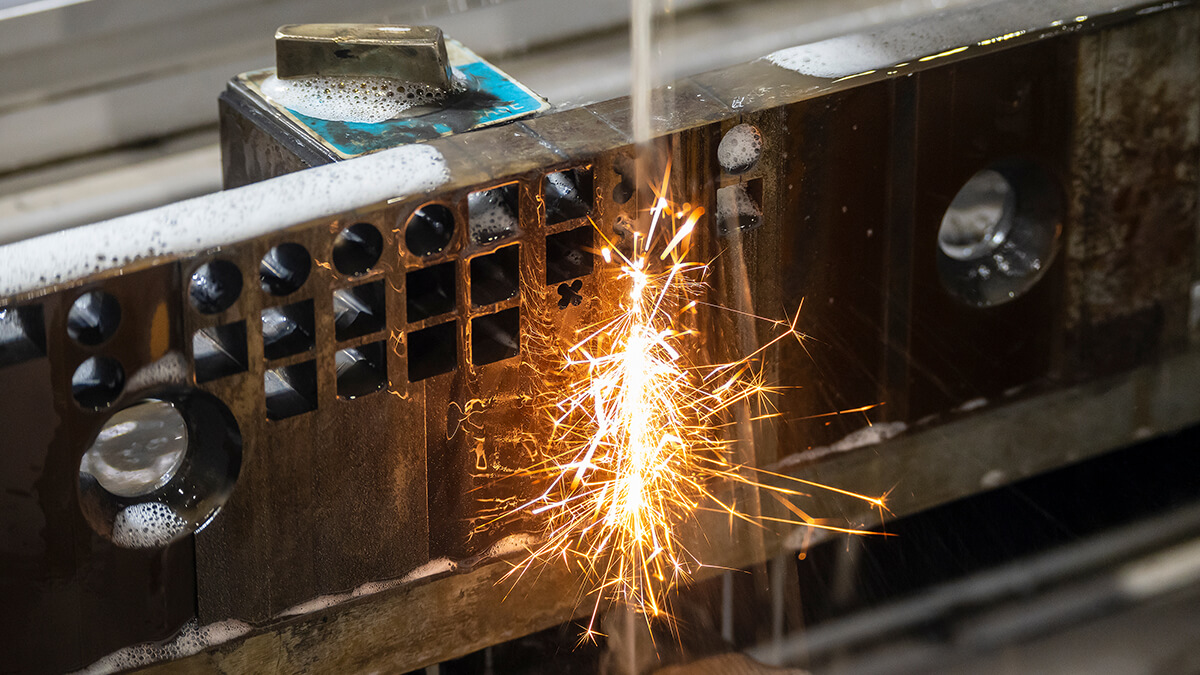Spark erosion machine is a type of EMD machine. It is precision-machined by releasing current. It is an industrial manufacturing process.
The spark erosion machine is a kind of electric discharge machine. It is used to create blind cavities and in situations where conventional milling machines or lathes are not possible, such as when sharp corners or materials that are particularly difficult to machine, then we need electrodes, and hexagonal sharp electrodes produce hexagonal-shaped pockets. It can be an internal spine or external spine electrode, a barrel electrode, or even a threaded electrode that promotes copper graphite or even copper tungsten. During the spark erosion machine, the electrode and the workpiece are surrounded by oil, using a dielectric fluid. When a controlled power and distance is applied between the electrode and the workpiece, it acts as a resistor between the electrode and the workpiece, the correct spark After the dielectric fluid is hopped and a small amount of workpiece will enter the servo and corrode from the desired position, the power supply, and its position can be controlled very precisely by the machine and program.
We put the spark into a hexagonal shape and enter the work piece. The spark erodes on the entire surface of the electric wire, causing spark corrosion when the smoke is extracted and the oil turns black from the erosive particles. In addition to being used as a resistor, the oil is also used. To remove the eroded particles, which pass through the filter system and the cooler, and then flush in front of the electrodes, the spark erosion works best to clean the frozen dielectric fluid. The electrode turbulence also helps to clean the dielectric to the electrodes and workpieces. Between the spaces, then stop the electrode processing and lift, if we set the machine to run in its final setting, the corroded shape is a rough setting, some materials can be removed fairly quickly, and the power supply will be steadily reduced the size of the spark, the servo will reduce the spark gap, and besides, we will program the machine to move along the hexagonal trajectory of the track, not just vertically into the workpiece, so finishing takes some time, and the surface finishing required to control the parts produced.







.png)






